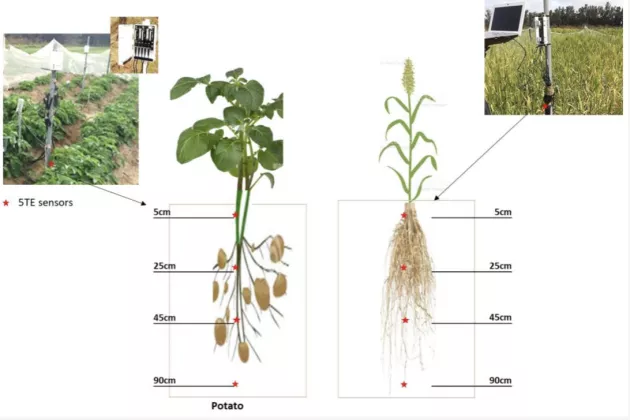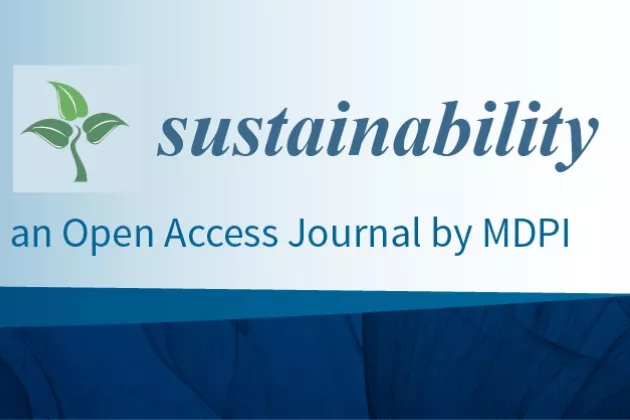Estimating crop evapotranspiration (ETa) is an important requirement for a rational assessment and management of water resources. The various remote sensing products allow the determination of crops’ biophysical variables integrated in the evaluation of ETa by using surface energy balance (SEB) models. This study compares ETaestimated by the simplified surface energy balance index (S-SEBI) using Landsat 8 optical and thermal infra-red spectral bands and transit model HYDRUS-1D. In semi-arid Tunisia, real time measurements of soil water content (θ) and pore electrical conductivity (ECp) were made in the crop root zone using capacitive sensors (5TE) for rainfed and drip irrigated crops (barley and potato). Results show that HYDRUS model is a fast and cost-effective assessment tool for water flow and salt movement in the crop root layer. ETa estimated by S-SEBI varies according to the available energy resulting from the difference between the net radiation and soil flux G0, and more specifically according to the assessed G0 from remote sensing. Compared to HYDRUS, the ETa from S-SEBI was estimated to have an R2 of 0.86 and 0.70 for barley and potato, respectively. The S-SEBI performed better for rainfed barley (RMSE between 0.35 and 0.46 mm·d−1) than for drip irrigated potato (RMSE between 1.5 and 1.9 mm·d−1).
Keywords: S-SEBI; HYDRUS-1D; 5TE sensor; evaporative fraction; evapotranspiration; barley; potato




